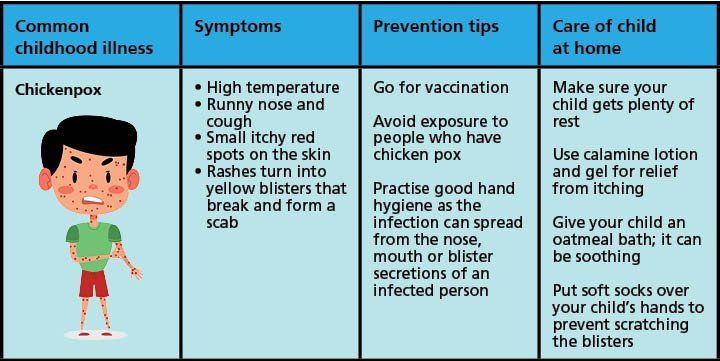Childhood is a time of exploration, growth, and development. Unfortunately, it is also a time when children are more susceptible to various illnesses. As a parent or caregiver, it is important to be knowledgeable about the common childhood illnesses, their symptoms, and how to manage them effectively. In this article, we will discuss some of the most common childhood illnesses and provide guidance on recognizing and managing them.
Common Cold
The common cold is one of the most frequent childhood illnesses. Symptoms include a runny or stuffy nose, cough, sneezing, sore throat, and mild fever. It is highly contagious and usually resolves on its own within a week. To manage the common cold, make sure your child gets plenty of rest, drinks fluids to stay hydrated, and use over-the-counter medications to alleviate symptoms if necessary. Encourage good hand hygiene and remind your child to cover their mouth and nose when coughing or sneezing.
Influenza (Flu)
Influenza, or the flu, is another common childhood illness. It is characterized by fever, body aches, fatigue, cough, sore throat, and sometimes vomiting or diarrhea. The flu is highly contagious and can cause more severe symptoms than a common cold. If your child shows signs of the flu, contact a healthcare provider. Antiviral medications may be prescribed to shorten the duration and severity of the illness. Ensure your child receives the flu vaccine annually to reduce the risk of infection.
Gastroenteritis (Stomach Flu)
Gastroenteritis, commonly known as the stomach flu, is an infection causing inflammation of the stomach and intestines. Symptoms include vomiting, diarrhea, abdominal pain or cramping, and sometimes fever. It is usually caused by a viral or bacterial infection and can lead to dehydration. Make sure your child gets plenty of fluids to prevent dehydration and consider giving them an over-the-counter oral rehydration solution. In severe cases, medical attention may be necessary.
Hand, Foot, and Mouth Disease
Hand, Foot, and Mouth Disease (HFMD) is a viral illness commonly found in young children. It is characterized by fever, sore throat, and a rash on the hands, feet, and mouth. The rash may consist of small red spots or blisters. HFMD is highly contagious and spreads through saliva, nasal mucus, and feces. Ensure good hygiene practices, such as regular handwashing and disinfection of toys and surfaces, to prevent the spread of HFMD. Provide your child with soft foods and encourage them to drink fluids to ease discomfort.
Chickenpox
Chickenpox is a highly contagious viral infection that causes an itchy rash all over the body. It is most common in children under 10 years old. In addition to the rash, symptoms may include fever, headache, and fatigue. Chickenpox usually resolves on its own within a week or two, but the itching can be uncomfortable. Keep your child’s fingernails short to prevent scratching, and apply calamine lotion or use antihistamines to relieve itching. Consult a healthcare provider if your child develops complications or if you are unsure of the diagnosis.
Recognizing and managing common childhood illnesses is crucial for parents and caregivers. By being informed about the symptoms and appropriate management strategies, you can help your child through these illnesses with ease. Remember, always consult a healthcare professional if you have any concerns or if symptoms worsen. With proper care and attention, your child will be back to their healthy and active selves in no time.

